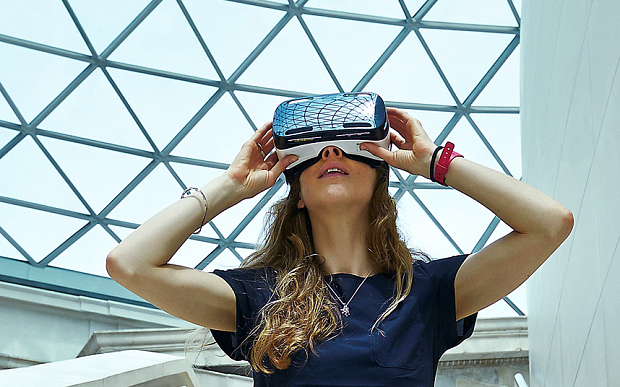What will museum of the future look like? There are some amazing new technologies which can help to bring the museum experience to the modern user, and especially to the youth who mostly expect everything to be digital. In this series of articles I will highlight some of these new and emerging ideas and technologies which are being developed. In this first articles I show how Virtual Reality is being used interactively to provide access to the oral history of Holocaust survivors.
The BBC recently aired a short documentary on how these recordings are being made, and the technology behind these innovations. This process is currently costly but it is likely that it will become commonplace in the future as our means of recording our experiences expands without any limit in sight.
Prior to the advent of the smart mobile phones, few people had access to digital cameras, video recorders, and audio recorders, and yet today almost everyone in the world now has access to these technologies, and they are using them and widely sharing their recordings on a large variety of social media. We are witnessing a flood of recorded data which represents this point in history. As these technologies improve we are able to capture more and in increasing levels of detail. However, this flood of information has created the side-effect of a lack of trust and authenticity – since if we look back from 50 years into the future back to where we are today and see the mass of digital data available, then it will be difficult to identify what is the truly authentic data from the mass of other social messages.
The memory institutions are are the trusted depositories and repositories of history and of knowledge, and it is thus important that these institutions consider how to use these emerging technologies more effectively to record history and to preserve these recordings.
This glimpse into the future as provided by the BBC, in which virtual reality plays a large part, is at one level just another new technology, but at another level it is the opportunity to capture the oral history of people, both well-known and just the ordinary people on the street, as a reflection of life in the year 2016 – as well as capturing memories which older people have of their own experiences. Through digital curation of this content, and particularly through careful unbiased selection of the content, these memories can be preserved in ways in which we can engaged with people long gone, but as though they are still with us today.
This is still 10 years off in terms of widespread availability at affordable prices, but the capture of the 3D oral history records of older people is something which will not wait, since such people are leaving us every day, and such memories may be lost forever if not captured today.

